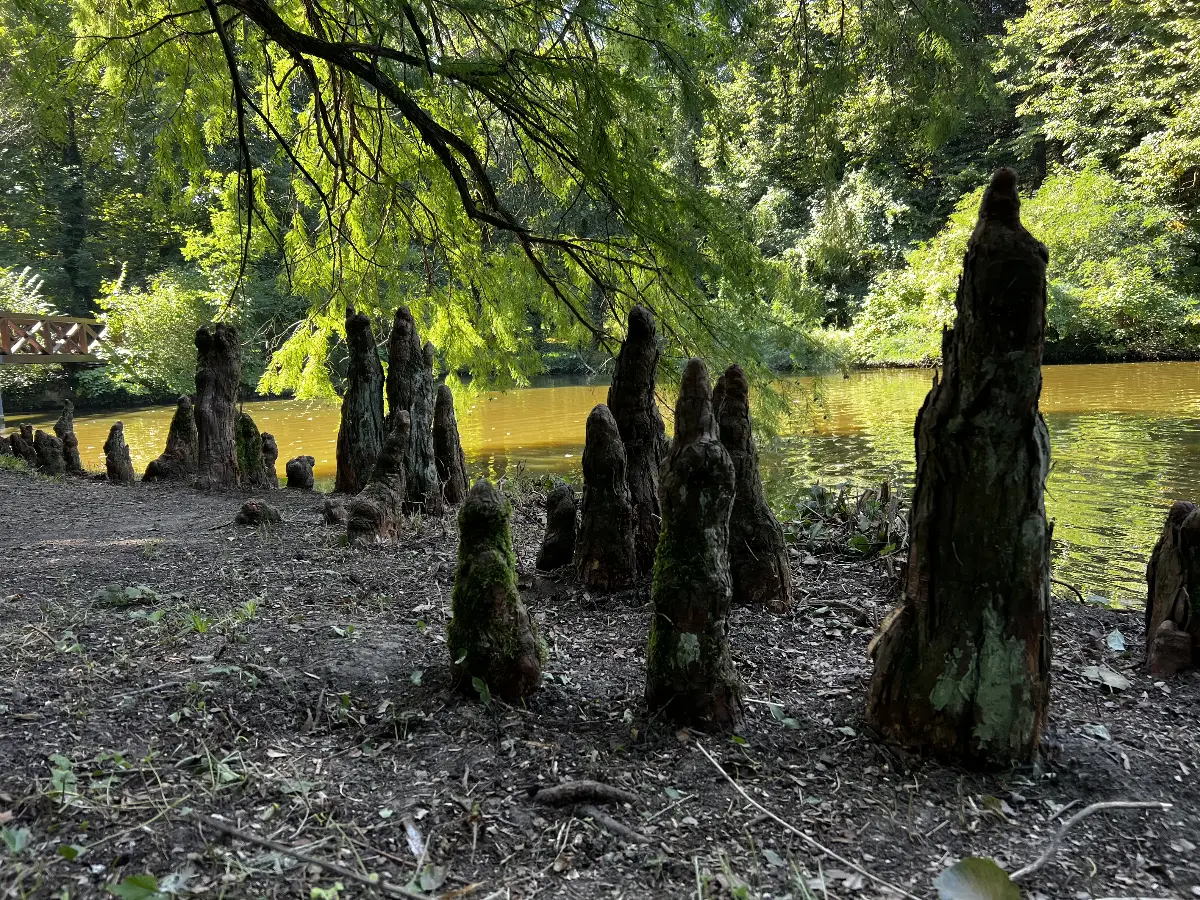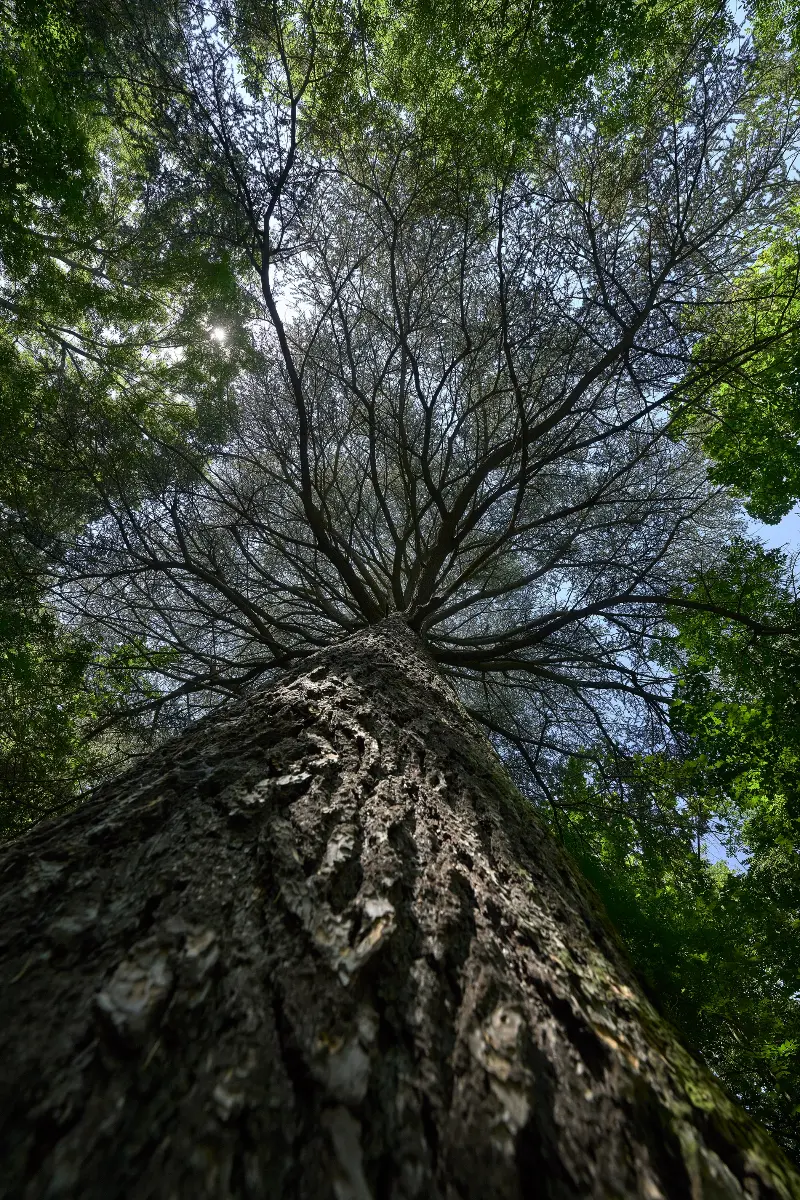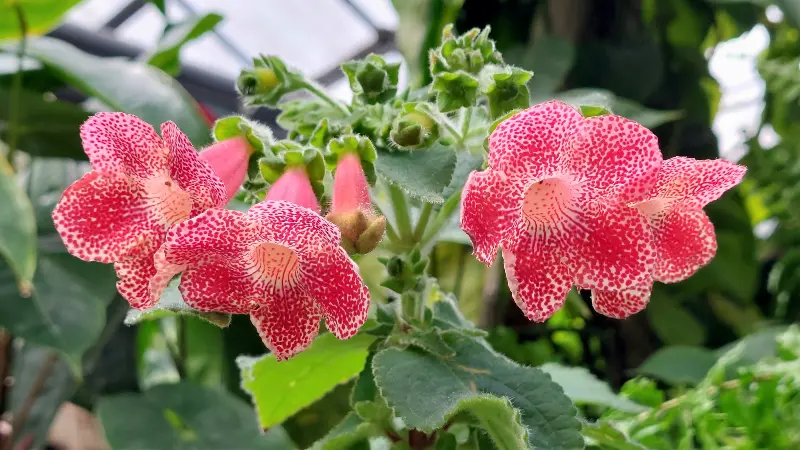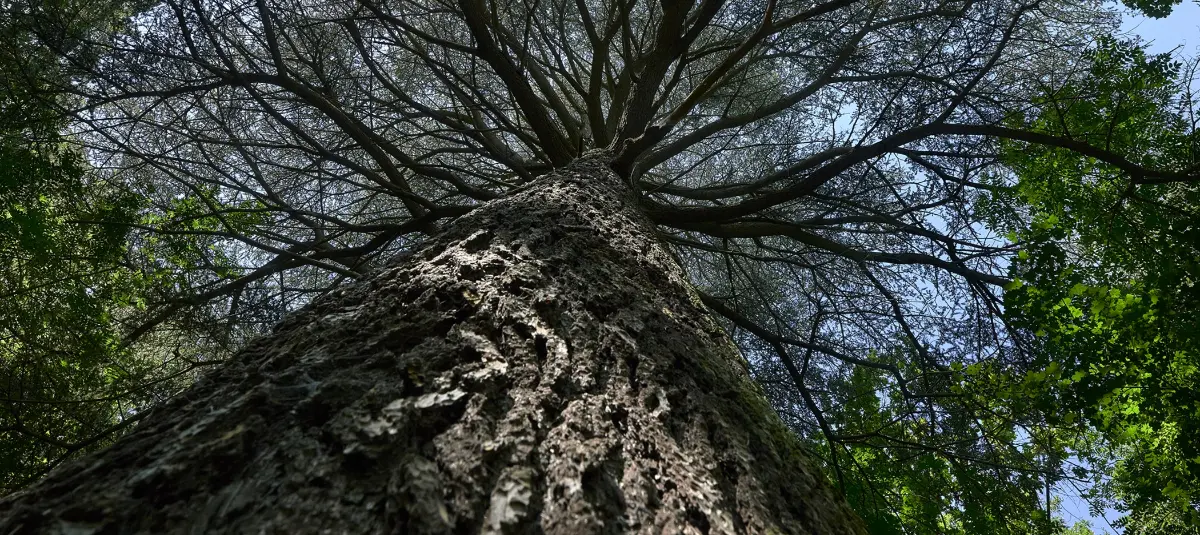
Helyszín címkék:
The green stars of the gardens
Hajdú Gábor
The garden from the reform era – the cradle of Hungary
One of the most original landscape gardens in our country can be found in Alcsútdoboz. In 1819, palatine József commissioned Mihály Pollack to build one of the most beautiful classicist-style Hungarian castles in the estate centre of the model farm of the manor in Alcsút. The landscape park was continuously built around it from 1825, the area of the manor was populated with noble tree species, and the road network of the estate was populated with rows of trees - first under the direction of Károly Tost, chief gardener of Schönbrunn. The palatine was one of the biggest popularisers of the plane. According to the legend, the ancestor of the planes found in many places in our country can be found here. Similar to palatine József, many aristocratic gardens were planted with the specimens, which are impressive with their size and show off special colours in autumn, and are also called the king of trees. Visiting Alcsút, it is worth seeing the row of planes, lining the Etyek road, which is considered to be the most beautiful double row of planes in the country, and then the even more special connected row of black walnut trees that continues it. The palatine's son, Archduke József, took over the estate from 1867. He had a reputation as a passionate gardener and was considered a recognized botanical authority. He invited Vilmos Jámbor to his property in Alcsút and Margitsziget as head gardener. Today, thousands of plant species can be admired in the 40-hectare garden. You can walk under more than 160 years old deciduous trees - pagoda-trees, Turkish hazels, tulip-trees, ironwoods, copper beech, lindens, and honey-locusts - at any time of the year. Another attraction of the historical garden, which functions as an arboretum, is the giant thuja tree, but the 170-year-old Lebanese cedar in the Csaplári forest adjacent to the garden is also of unique value.
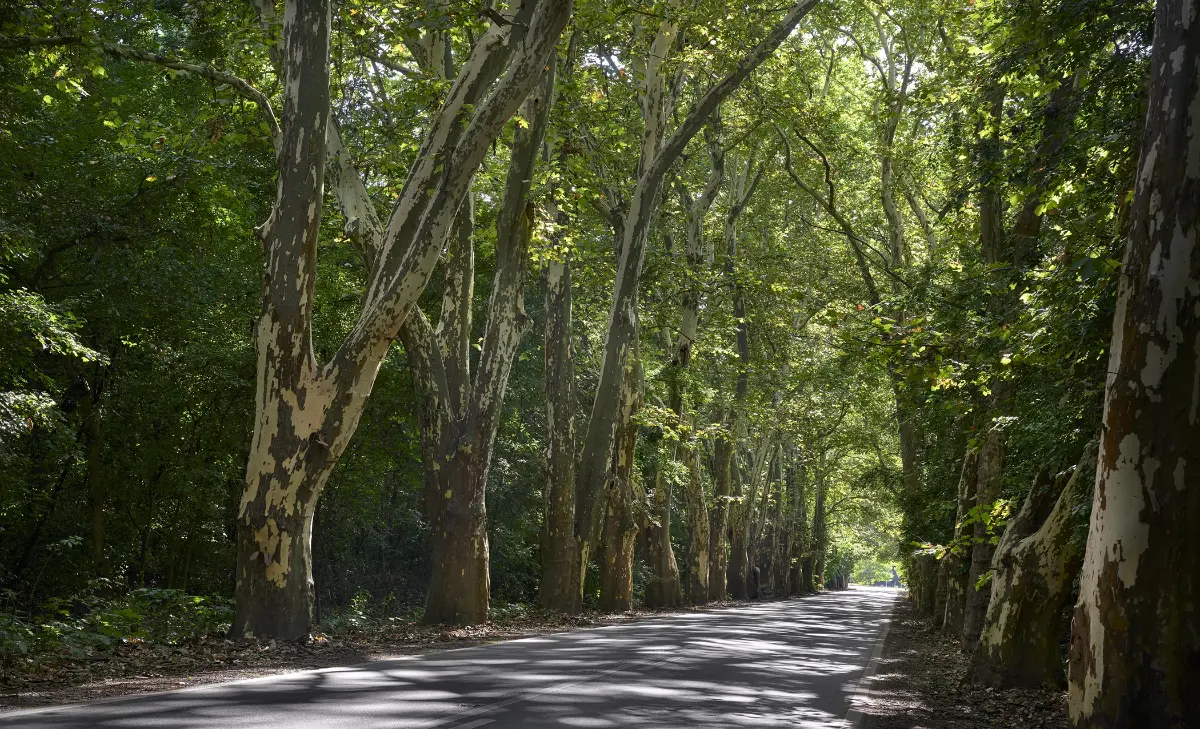
A gorgeous row of linden trees
One of the most beautiful rows of linden trees in Europe, and also a wonder of Hungarian plant culture, is the linden alley in Nagycenk. The double row of linden trees was planted in 1754 by Antal Széchenyi and his wife, Zsuzsanna Barkóczy. Along the axis of the castle, towards Lake Fertő, a 2.5 km long and 24 m wide alley was planted with saplings 7 m far from each other. By creating the row of linden trees, they wanted to create a monumental, close-to-nature "living monument" that represents the harmonious coexistence of nature and man. The trunk diameter of the 450 16-metre tall linden trees standing there today is 1 meter. The row of linden trees leads from the gate of the Széchenyi Castle to the grave of Hanna Erdődy. In 1870, Béla Széchenyi married the daughter of Count Lajos Erdődy, Hanna, who died of puerperal fever in 1872 after the birth of their second child. Hanna, who died at the age of 26, wanted to be buried at the end of the famous row of linden trees, in the place of the former hermitage. The sarcophagus-shaped tomb is made of red granite, decorated with bronze reliefs by the Viennese sculptor Károly Kundmann. After the death of his wife, Béla Széchenyi fell into a deep depression. He planted the Caucasian pine seeds he brought from his Asian tour around the grave, which have since become giant trees that proclaim undying love.
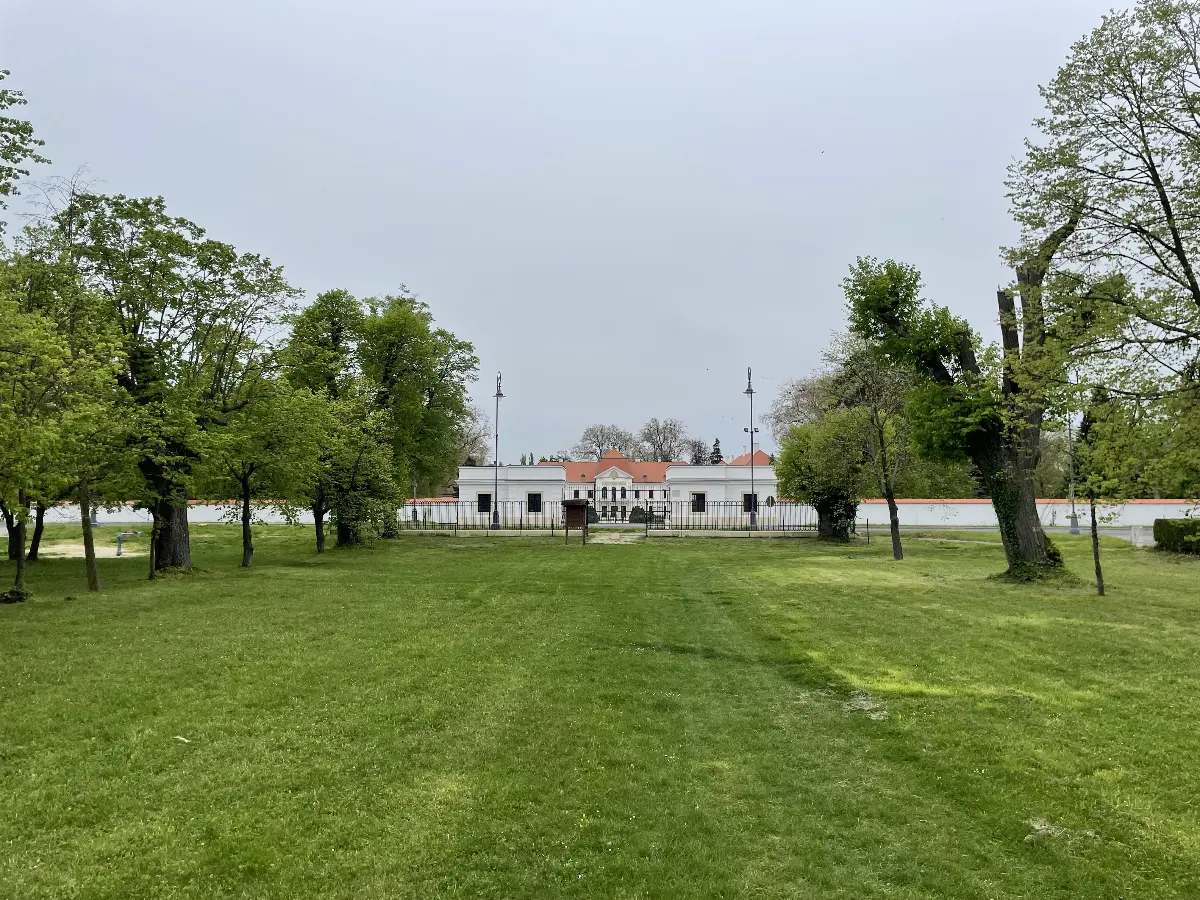
The oldest Hungarian
You can visit one of the earliest and also one of the most important castle complexes of Hungarian landscape gardens in Hédervár. Although the building cannot be visited at the moment, in the park of the castle dating back several centuries, in addition to the built elements, you can admire picturesque groups of trees and groves. Giant plane trees stand in the immediate vicinity of the building, and the grassy area behind the castle is lined with centuries-old tree giants: huge maples, pines, yews, poplars and lindens. For the really special attraction, however, you have to step outside the garden: the oldest tree in our country stands next to the Boldogasszony Chapel. According to the legend, the marks on the trunk of the tree were left by the halter of chieftain Árpád's horse in 907, when he and his army rested here and held a council of war in preparation for the Battle of Bratislava. Researchers estimate it to be younger than that, "only" 700-800 years old. This does not detract from its value: those who rest under the tree can themselves become part of time travel in the company of a great time traveller.
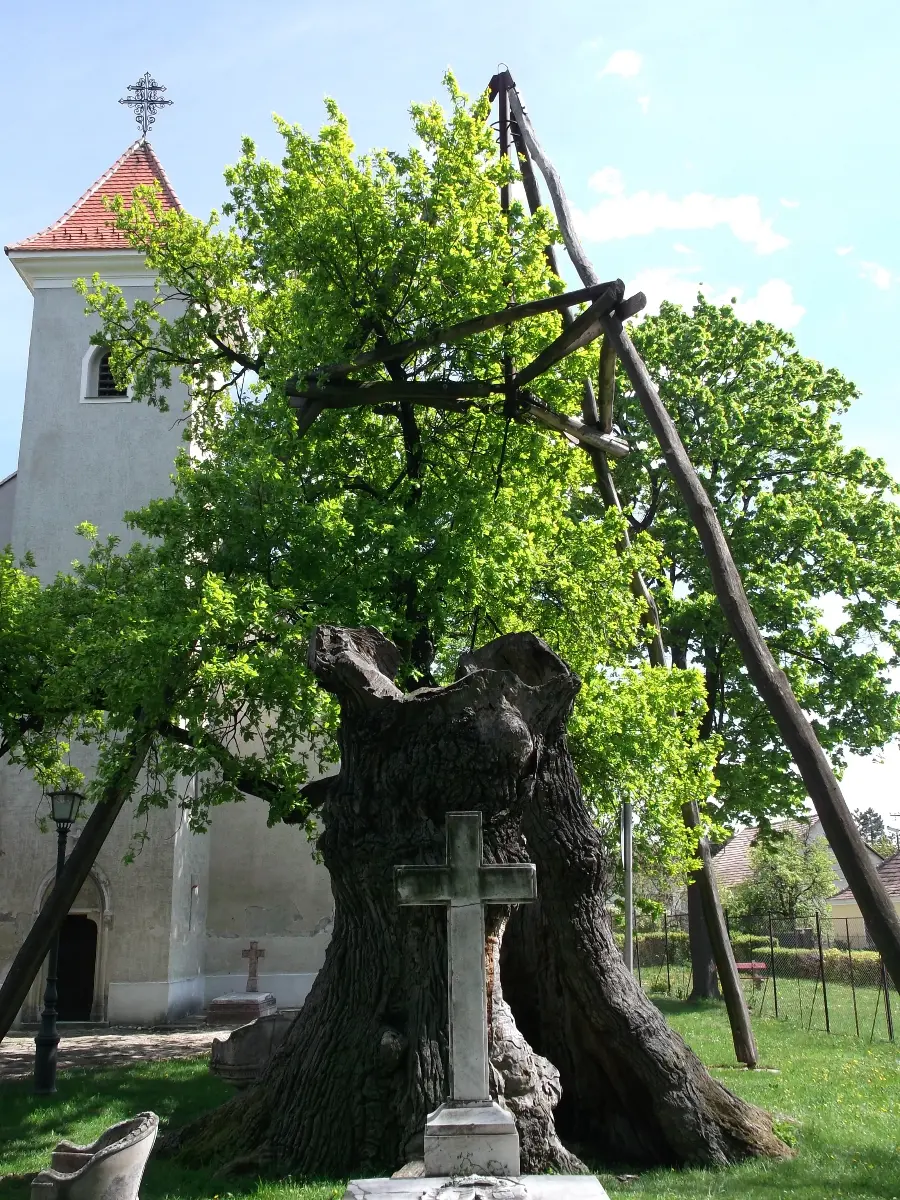
Story-telling cypresses
One of the dendrological curiosities that make up our historic gardens is the bald-cypress. In addition to its sprawling, cone-shaped foliage with soft needles that fall red-brown in autumn, its special feature is its appearance that adapts to wetlands. While travelling around the country, you can also admire two of its special features. The bald-cypress grove in the water of the Holt-Körös bordering the Arboretum in Szarvas, or better known as the Pepi Garden, evokes the atmosphere of tropical forests, the cypress trees standing here are extremely special thanks to their stability-enhancing, trapezoidal trunks. In the garden built in a landscape style, you will also find other bald-cypress trees, in the company of more than a thousand tree species. If the bald-cypress does not grow in the water, but on the water's edge, the soil does not provide the roots with enough air, which the trees make up for many decades through breathing roots (so-called cypress babies) rising above the surface, almost like statues, providing a fascinating sight for the onlooker. Recognizing this characteristic, landscape gardeners planted it in many domestic landscape gardens, where today you can see beautifully developed specimens and varied aerial root formations. They can be admired, among others, in the botanical garden in Vácrátót and the arboretum in Alcsút, as well as in the garden of the Brunszvik Castle in Martonvásár. The tender green foliage of the bald-cypress is stunning in spring, its reddish-brown foliage in autumn, and its cypress-baby colonies all year round.
